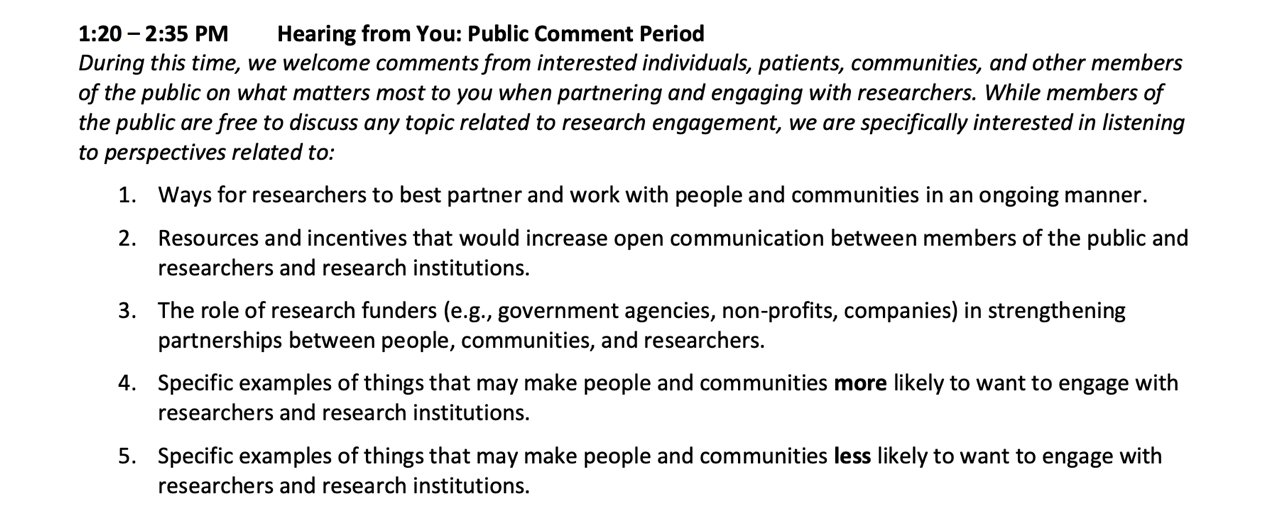Sharing from the US House of Representatives, House of Energy and Commerce Committee (E&C)
“On June 6, House E&C Committee Members Larry Bucshon, MD (R-IN), Vice Chair of the Subcommittee on Health and Diana DeGette (D-CO), Ranking Member of the Subcommittee on Energy, Climate, & Grid Security,
released a request for input on a new iteration of the landmark, bipartisan 21st Century Cures Act."
"We are pleased to report that several original objectives of Cures 2.0 are already in motion..these advancements include:
“Policies to address Long COVID in the National COVID-19 Preparedness Plan and the establishment of the Office of Long COVID Research and Practice (OLC) to enhance our understanding and management of the long-term effects of the virus.”
"While it is encouraging to see these policies taking shape, we are mindful that these are just the initial steps towards our broader objectives. To ensure we are moving in the right direction and fully realizing the goals of the 21st Century Cures Act and Cures 2.0, we seek your input on key questions:
1. Do the policies included in Cures 2.0 that have advanced through legislation or executive action meet the needs that the original Cures 2.0 bill aimed to address?
2. What elements might be missing that are essential for further progress?
3. What additional reforms, support mechanisms, or incentives are needed to enhance or improve the effectiveness of the steps already taken, including any structural reform to agencies, offices, or programs involved?
Please send your input and feedback to
cures.rfi@mail.house.gov by close of business on August 2, 2024."


